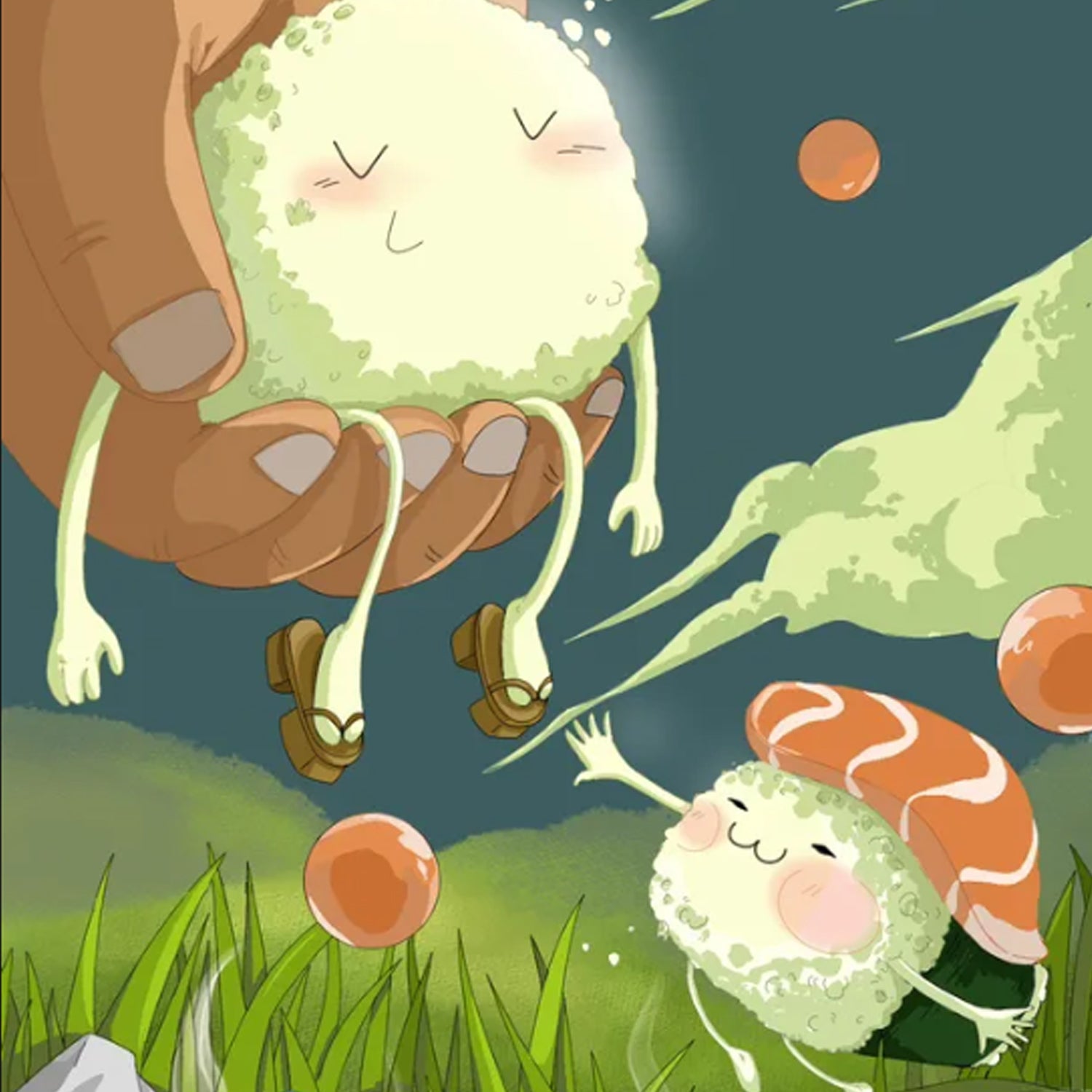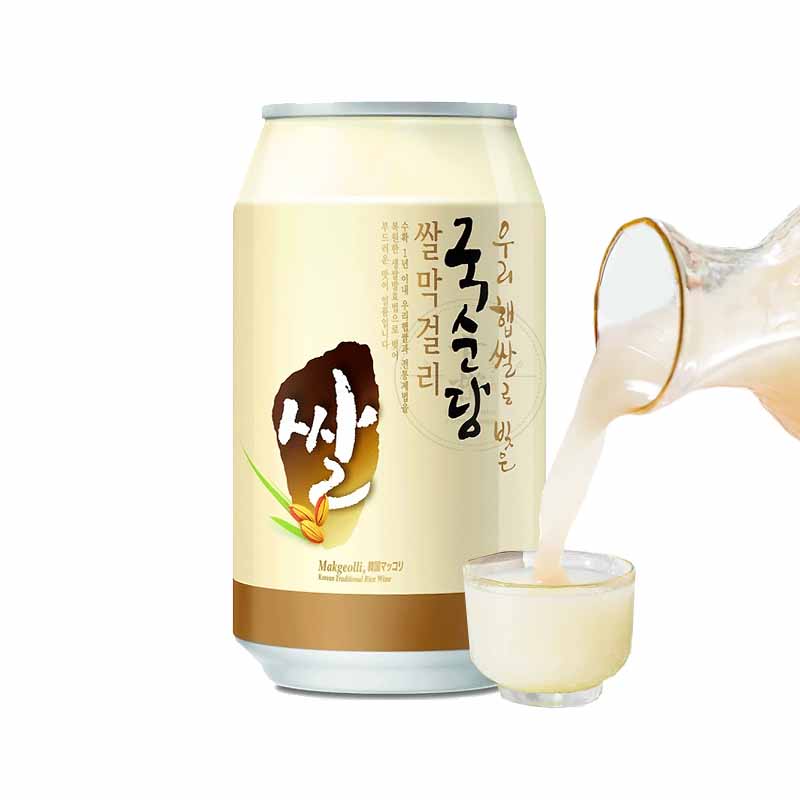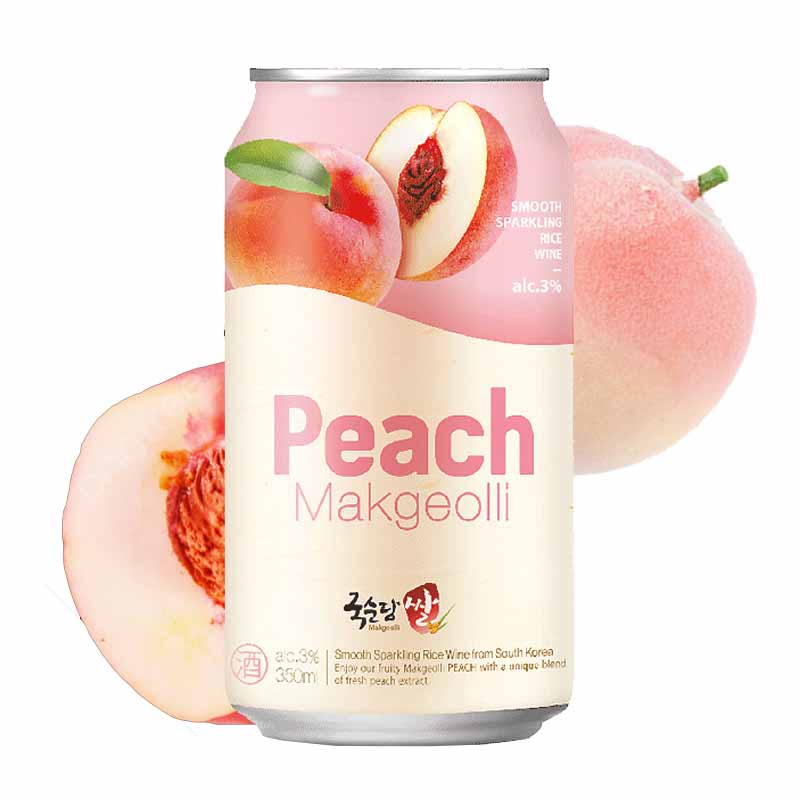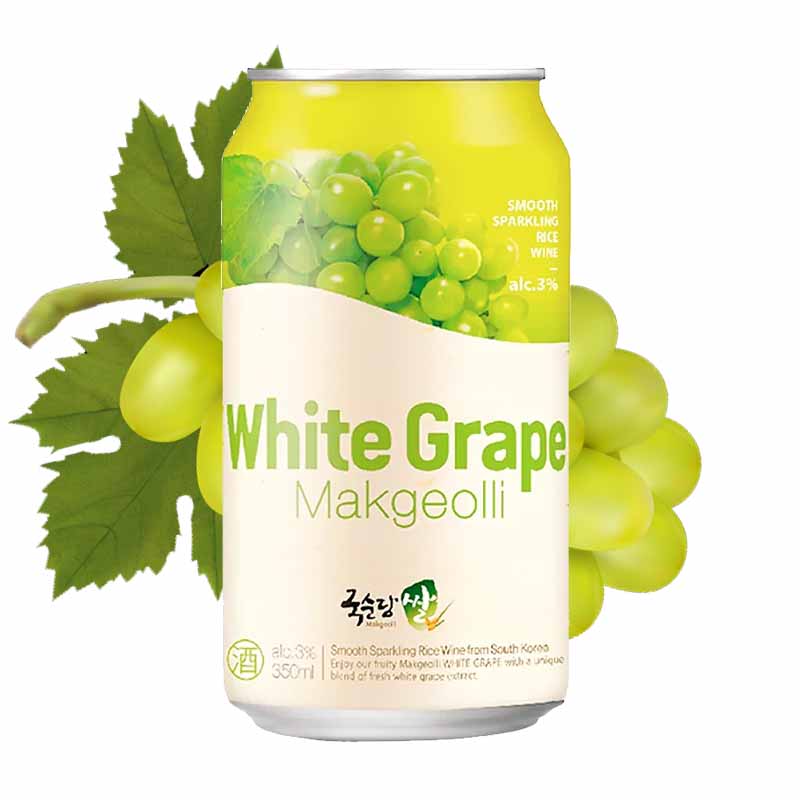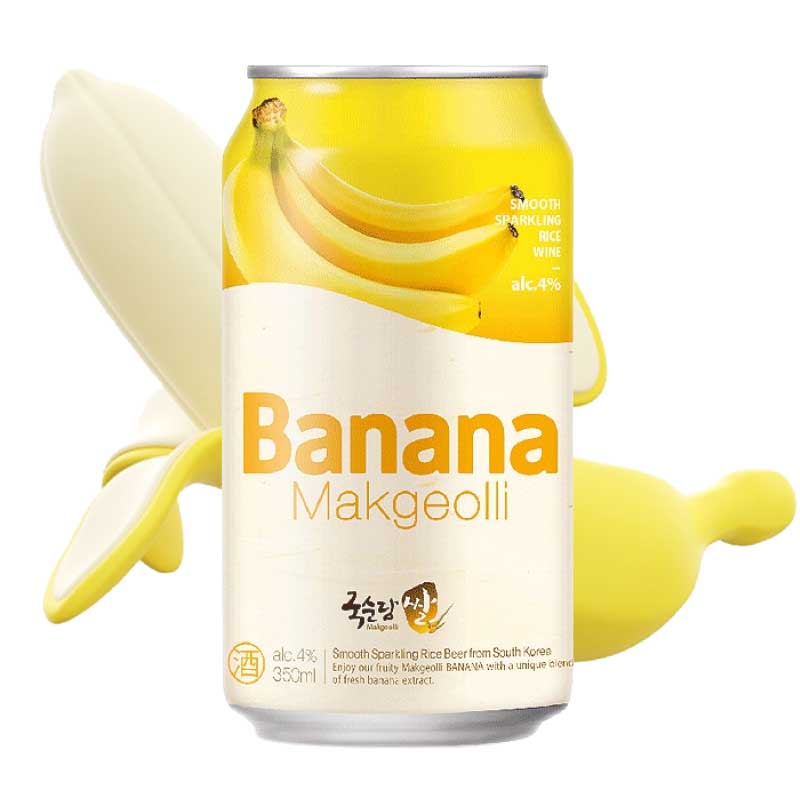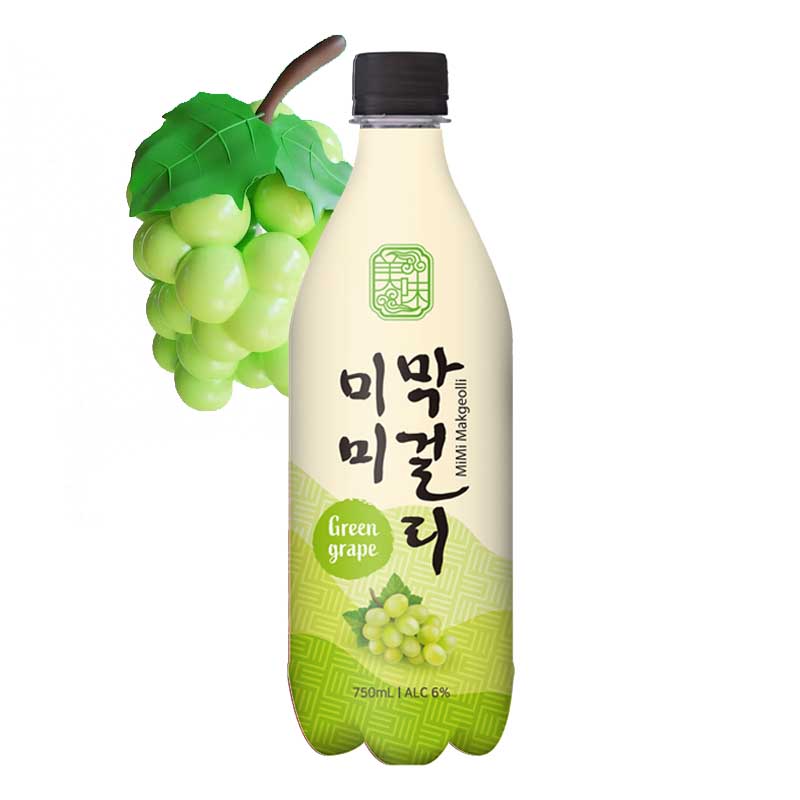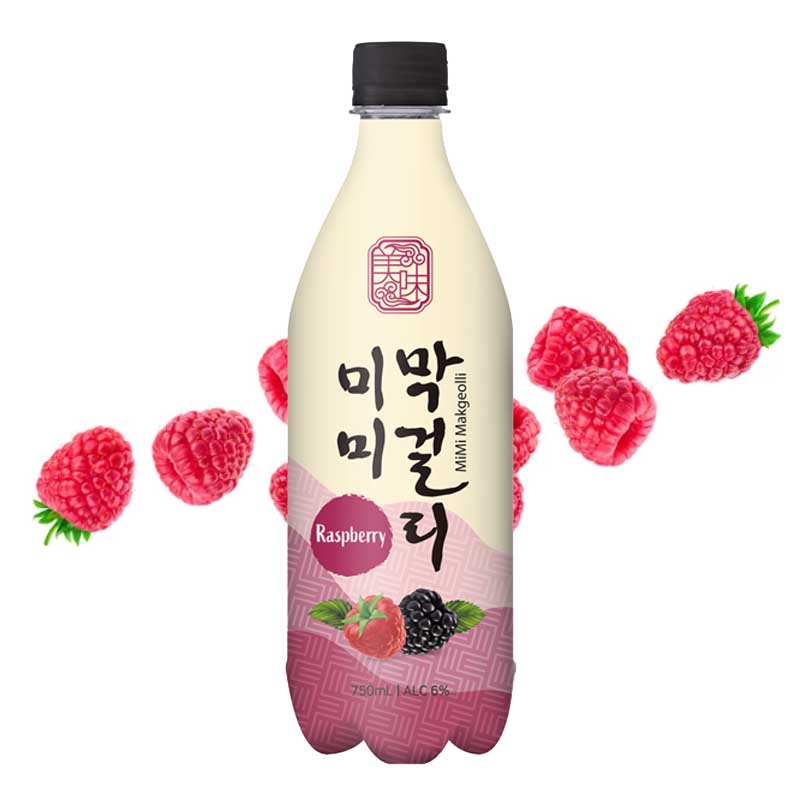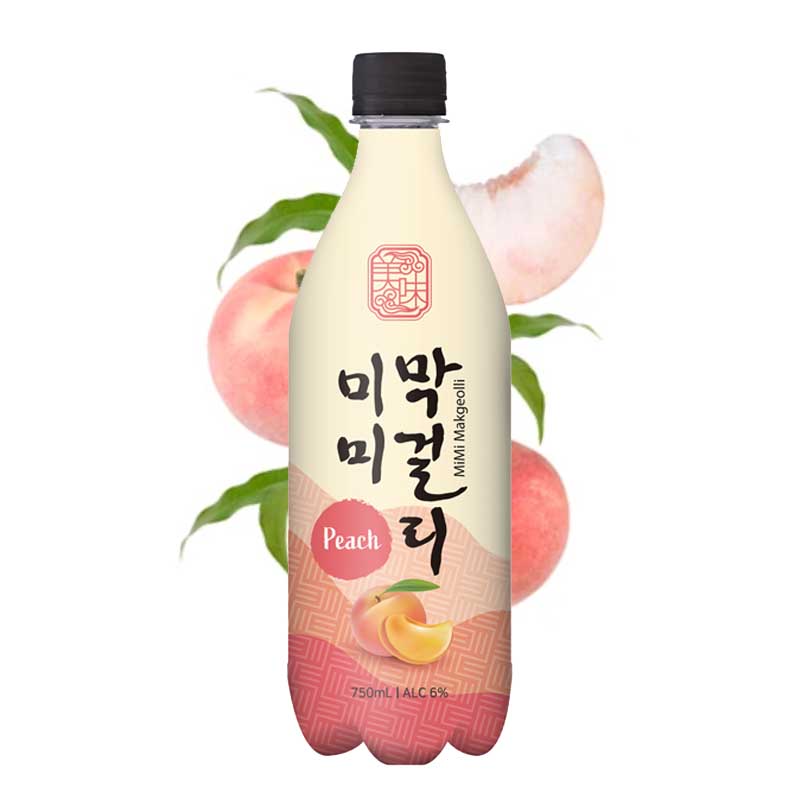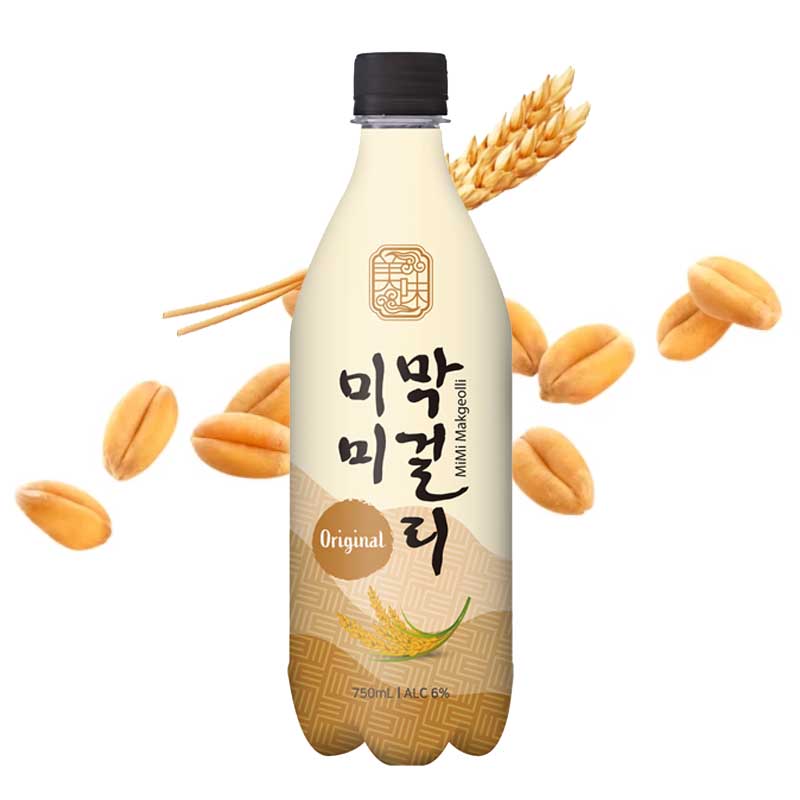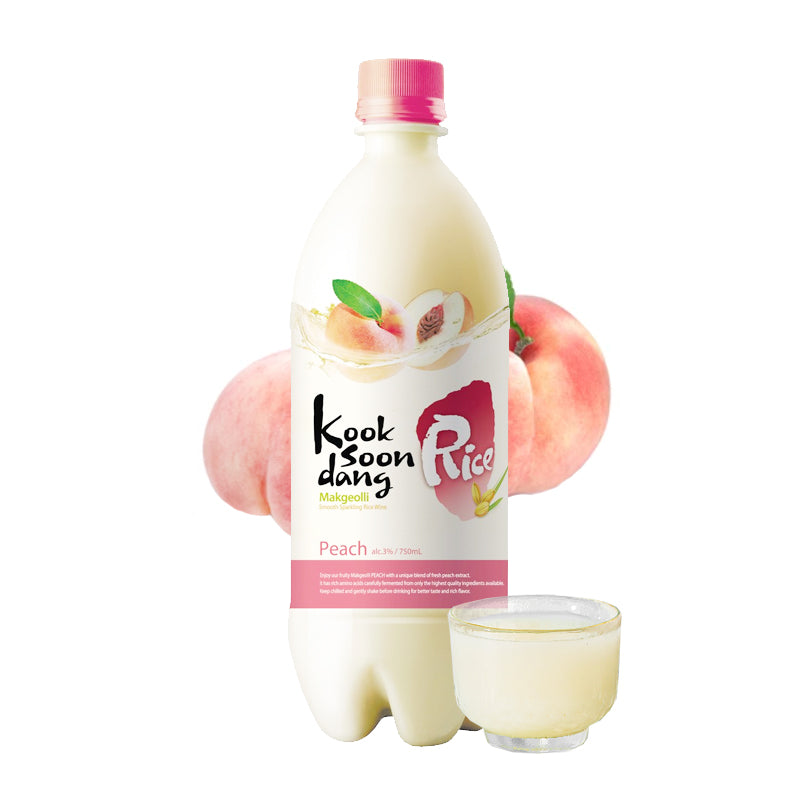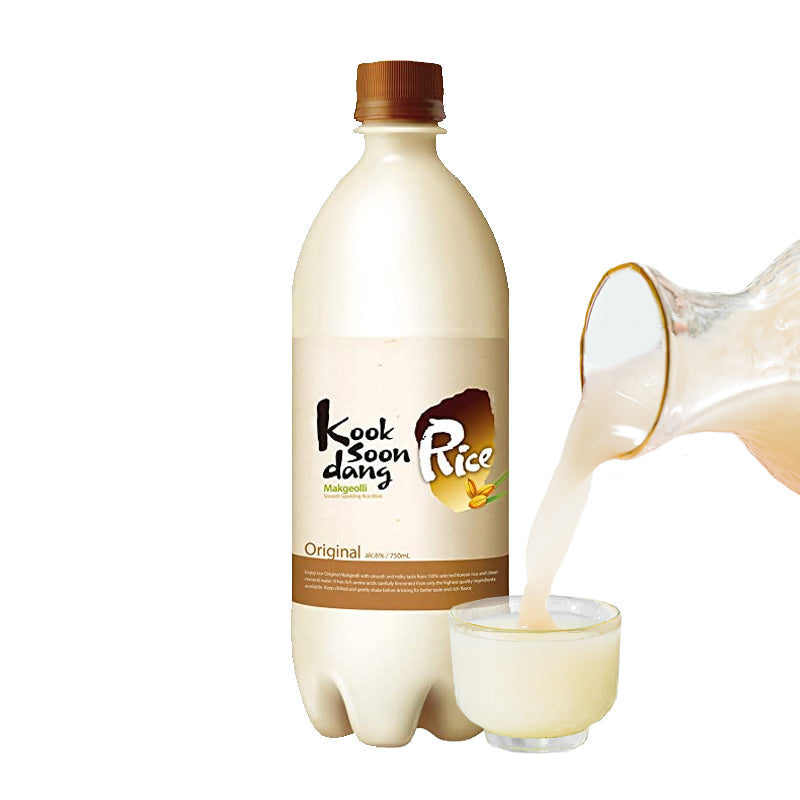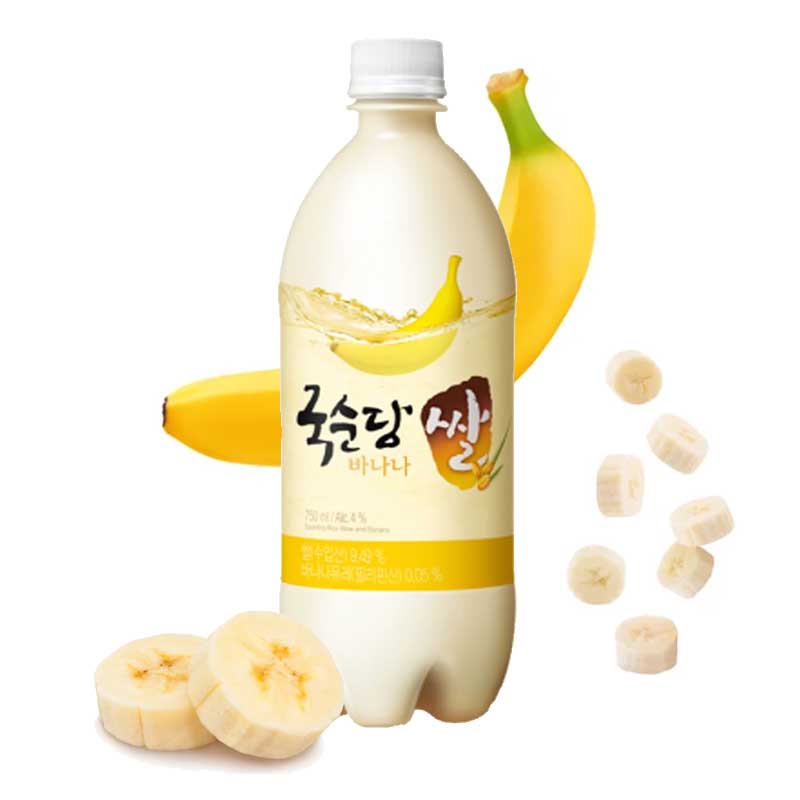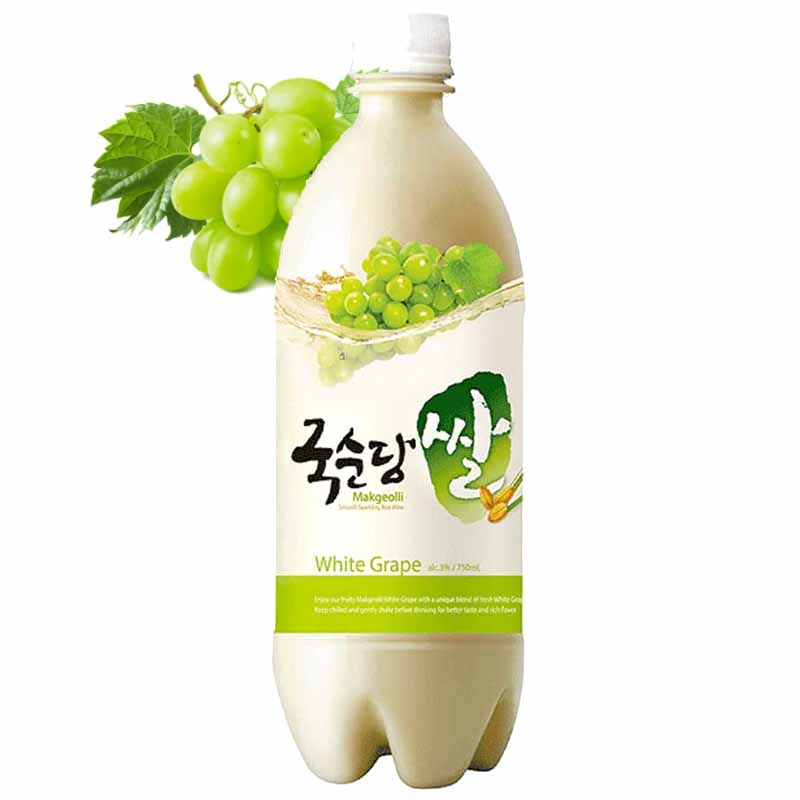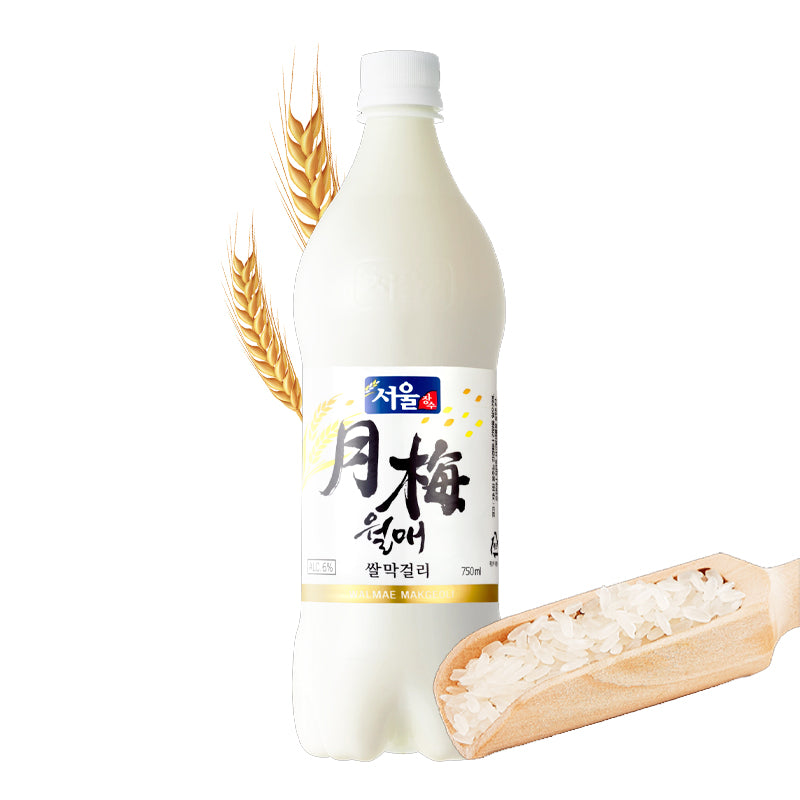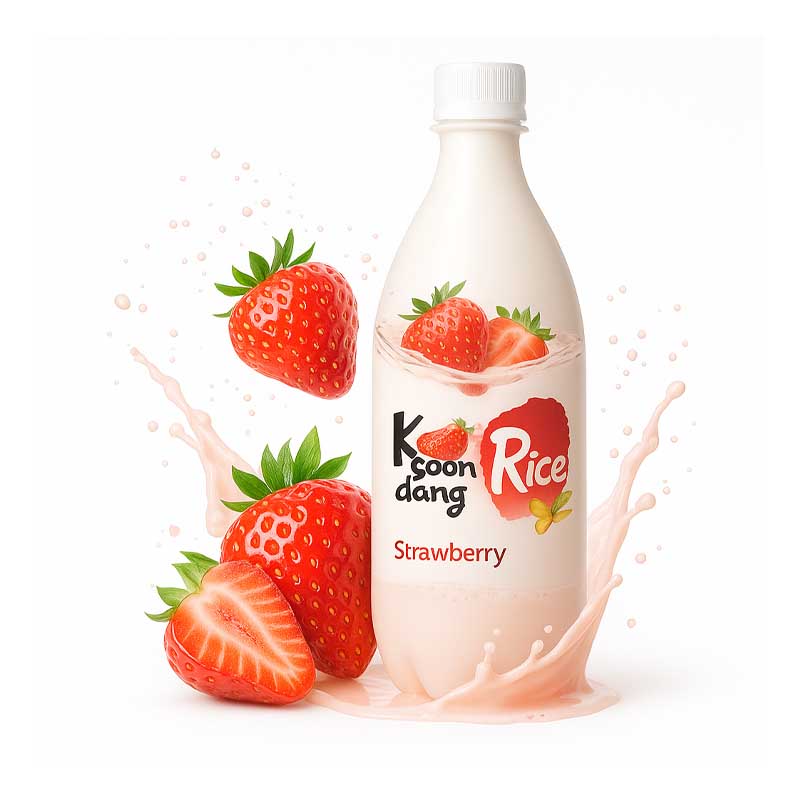Makgeolli
History, Flavor, Alcohol Content, Benefits and Homemade Recipe
When it comes to Korean food culture, Makgeolli is an important element that cannot be overlooked. As one of Korea's oldest alcoholic beverages, Makgeolli is not only a delicious drink, but also has a rich history and unique characteristics. In this blog post, we will explore the world of Makgeolli, starting from its definition and history, to understanding its taste, alcohol content, nutritional value and how to make it at home. Whether you are interested in Korean culture or want to try a new drink, this article will take you into the fascinating world of Makgeolli. Let's discover the unique charm and rich cultural background of this fascinating Korean rice drink together!
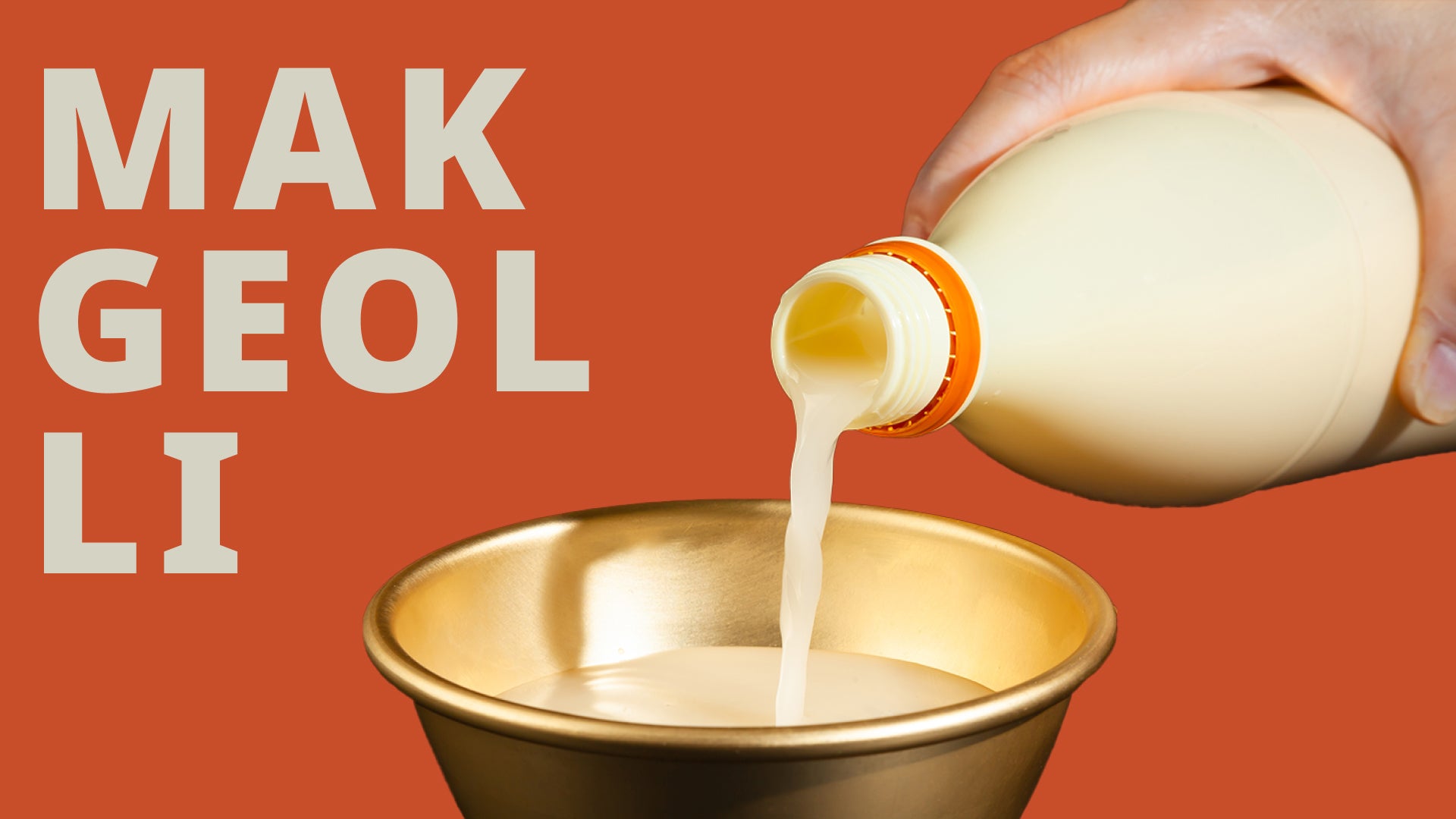
What is Makgeolli?
Makgeolli, a cloudy-looking, effervescent rice wine, is one of the hidden gems of Korean alcoholic culture. This liquor, sweet on the palate and generous for the body, is the perfect company for a wide variety of Korean dishes. In addition, it can be easily made at home, although its unique flavor and charm make it an irreplaceable drink.
Despite being one of the best drinks in existence, Makgeolli remains unknown to many outside of Korea. This rice wine is Korea's oldest liquor, with roots dating back to the Koryo Dynasty (918-1320). Traditionally, Makgeolli was made at home and consumed by farmers. Currently, this drink is experiencing a well-deserved resurgence in Korea and around the world, joining beer and soju as one of the most popular Korean alcohols in both North and South Korea.
Also known as Makkeoli, Nongju ('farmer's drink'), 'Drunken Rice' by the British and, curiously, 'Fight Milk' by the Scottish band Colonel Mustard & The Dijon 5 in 2018, Makgeolli is a cloudy, bubbly Korean rice wine. The alcoholic beverage is sometimes called nongju, or "farmer's liquor," due to its main ingredient and its history as a midday energizing refreshment for farm workers. This relatively unfiltered drink has a tart flavor thanks to lactobacillus (lactic acid bacteria), also present in yogurt.
To make this traditional Korean alcohol, cooked short grain rice is combined with a fermentation starter known as nuruk, a rice culture similar to Japanese koji. Nuruk is a crumbly, pasty mixture of grains and water inoculated with yeast and beneficial bacteria.
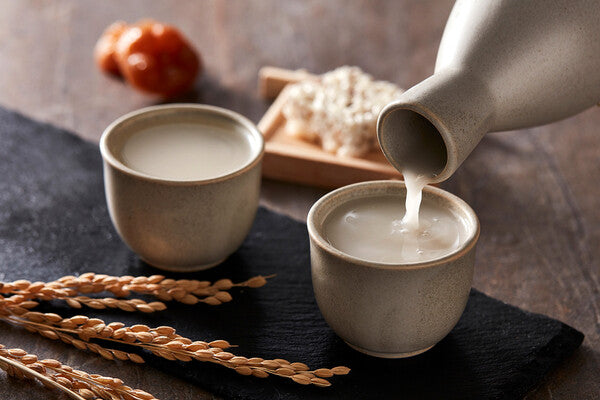
Makgeolli flavor
Makgeolli has a distinctive and complex flavor that is one of a kind. There really is nothing like it .
The first time you taste it can be quite an experience . Milky, sweet and effervescent, this Korean alcohol is a drink that confuses the senses.
Makgeolli can feature a wide range of flavors , and your tasting experience is likely to take you through many of them. Sweet, sour, spicy, creamy, bitter, fruity, floral, all topped with a bit of chalky powder. The first time you drink Makgeolli, you will question its cloudy appearance caused by calcareous sediments, and you will wonder if it really has alcoholic content due to its sweetness.
The best way to really understand the taste of Makgeolli is to try it for yourself. If the thought of fizzy dairy puts you off, be sure to close your eyes on your first sip to truly appreciate the experience.
This Korean rice wine is a milky and often bubbly drink that has a complex flavor profile that is also sweet, sour, and even a little bitter. It can also have a fruity, powdery, and floral aroma with a bit of a chalky texture. It's a great nutritious drink that tastes great on its own, but is even better with Korean food.
History of Makgeolli
Makgeolli has a history as rich and ancient as Korea itself. This fermented rice elixir dates back to the Koryo Dynasty, although some maintain that its origin lies even further back, in the era of the Three Kingdoms (57 BC - 668 AD).
Originally known as 'nongju', or 'peasant's drink/alcohol', Makgeolli was the favorite brew of farmers and peasants due to its high nutritional content and carbohydrates.
For a long time, its reputation as a "peasant's drink" caused Makgeolli to fall out of favor, being replaced by other drinks such as beer. However, today, Makgeolli has once again gained popularity in Korea, being mass produced by various companies.
Makgeolli is available in bottles in almost every convenience store in South Korea, in a variety of flavors and versions. Although commercial production has caused it to lose part of its quality and its original alcohol content, which used to be between 12-18%. To adapt to a broader market, many companies opt for an alcohol content of 6-9%.
Makgeolli that is exported is usually pasteurized, which causes it to lose much of its health benefits and flavor, due to the short shelf life of unpasteurized Makgeolli.
Makgeolli was more than just an alcoholic drink for Korean workers, it was an essential part of their daily lives. This rice wine helped workers regain their energy with its nutritional and health benefits, allowing them to continue for a few more hours before their arduous day ended. Makgeolli and buchimgae (pancakes) were enough to make the world right again...
How to drink Makgeolli
Makgeolli is served in small cups. Not in small glass glasses like Soju, but in rounded glasses made from a variety of materials.
This Korean drink can be enjoyed as an everyday drink, but also on special occasions such as weddings.
It is best served cold. If you drink it straight from the bottle, remember that it is effervescent. Additionally, there will be sediment at the bottom that needs to be agitated. So shake it gently, let it sit for a minute, and open the lid slowly.
Serve the Makgeolli COLD (white wine serving temperature works) in small, shallow bowls, or only partially fill the cup.
If it's mixed, you may see sediment at the bottom of the bottle. Mix gently by turning the bottle upside down and then up several times. If it is not pasteurized, be careful, as there may be gas buildup. Open and close the lid repeatedly to release a little gas each time, but without spilling the contents.
Some people prefer to drink just the clear liquid on top without the rice sediment. Let the sediment settle to the bottom and DO NOT mix it, just carefully pour in the clearer liquid from the top. This will also reduce the calories in the drink.
Remember, Makgeolli is a drink to enjoy slowly and appreciate its unique flavors. Health!
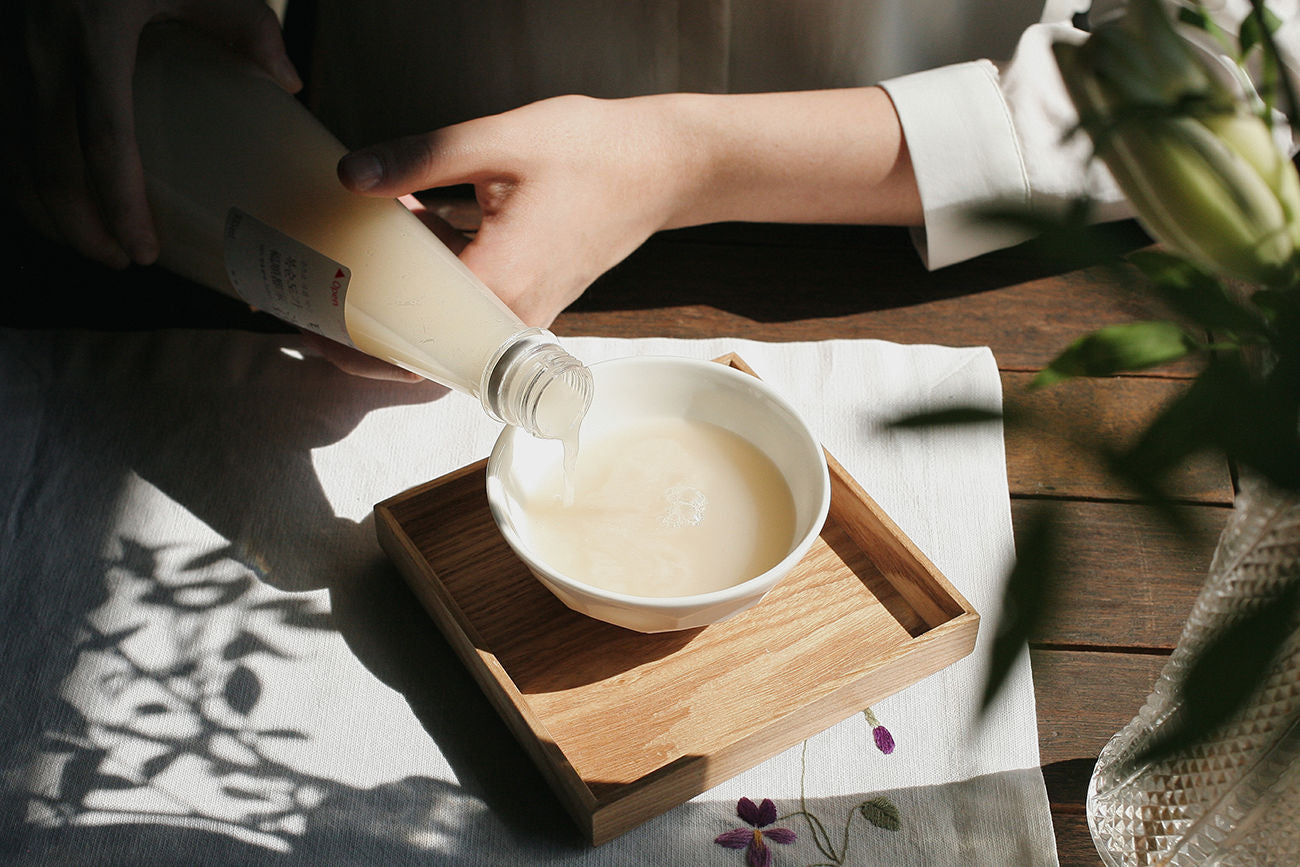
alcohol content
The alcohol content of Makgeolli can deceive more than one. Despite its sweetness and drinkability, its alcoholic power should not be underestimated. It is a common misconception that it contains around 2-3% alcohol and is tempted to drink it in large sips.
Makgeolli can contain from 6% to 18% alcohol. However, today, commercially produced Makgeolli usually stays in the intermediate alcohol content range of 6-9%.
Traditional beers started out with an alcohol content of 12-18%, but in recent years, companies began diluting the original wine with water to reduce the alcohol content to 6-9%. This was done in order to sell to a wider audience and also facilitate export.
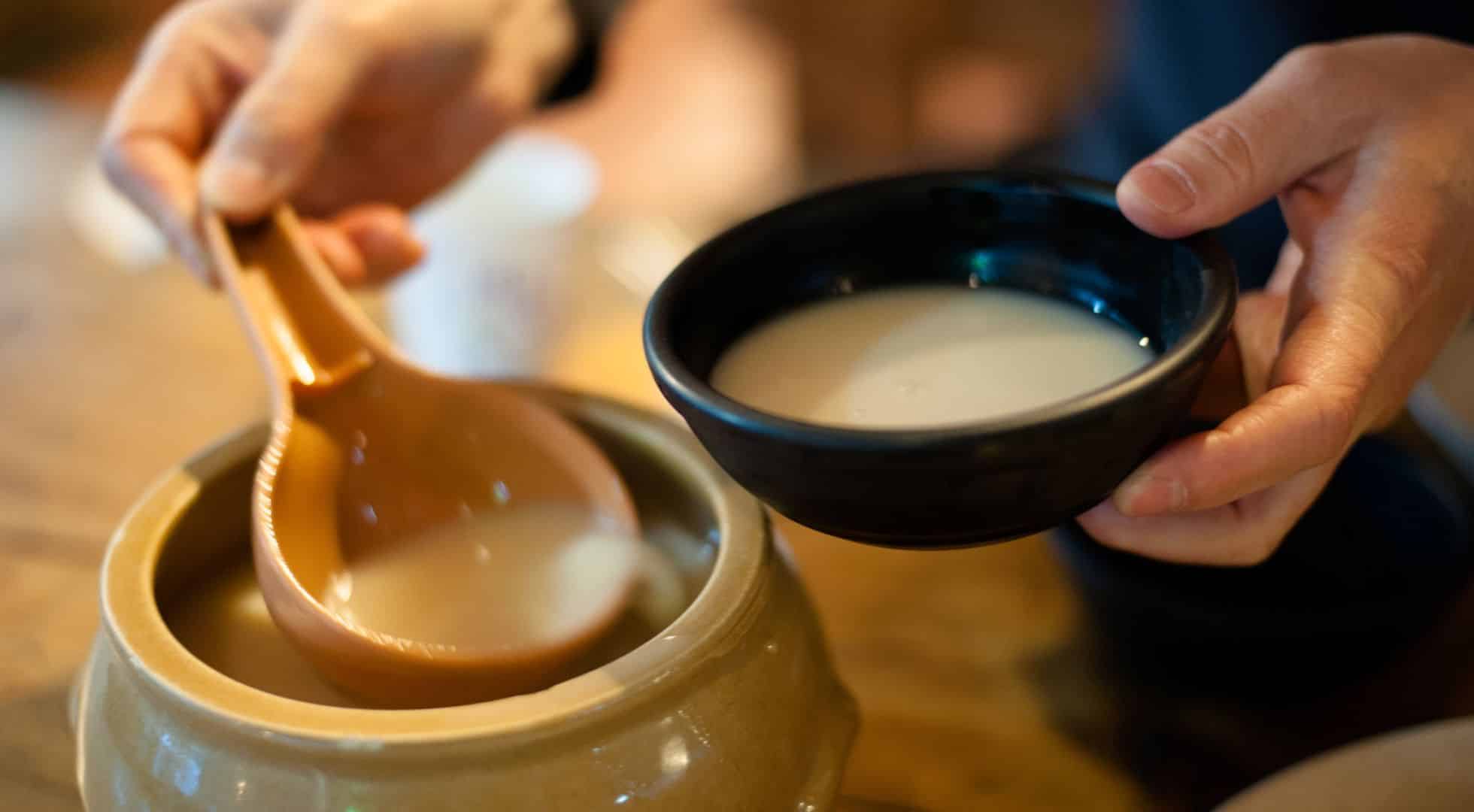
Benefits of Makgeolli if made traditionally
Makgeolli has a series of benefits if it is made traditionally, that is, without pasteurization.
This Korean drink is rich in fiber, vitamins B and C, and low in cholesterol.
However, the sediment at the bottom means it is high in carbohydrates, which translates to approximately 54 kcal per 100 ml. You can avoid this by not shaking it before drinking it and therefore only drinking the clear part on top.
In the past, when Koreans did not have a high-calorie diet, the higher calorie content was considered beneficial. Please note that live cultures are only found in Makgeolli Saeng (unfiltered) and NOT in those called Salgyeun Takju. If it doesn't say it's Saeng, it's probably pasteurized.
Receta de Makgeolli Casero
TIEMPO DE PREPARACIÓN
5 min
TIEMPO TOTAL
1 hr 5 min
TIEMPO DE COCCIÓN
1 hr
Ingredientes
- 4 tazas de arroz de grano corto o arroz dulce, remojado en agua durante la noche
- ½ taza de nuruk
- ½ cucharadita de levadura seca activa (opcional)
- 14 tazas de agua, divididas
- 2 cucharadas de azúcar, y más al gusto
Nota: El tiempo total no incluye hasta siete días de tiempo de fermentación inactivo.
Instrucciones
- 1 Escurre el arroz remojado, luego agrégalo al recipiente de una arrocera. Cocina el arroz en el ajuste de arroz blanco, según las instrucciones del fabricante.
- 2 Trabajando en lotes, utiliza un deshidratador para secar el arroz cocido. Alternativamente, extiende el arroz cocido en esteras tejidas o bandejas de vapor y déjalo secar al sol (o en un lugar soleado) durante unas horas. El arroz estará listo cuando esté duro y crujiente por fuera pero aún suave por dentro.
- 3 Transfiere el arroz a una olla grande o a una jarra de fermentación de barro. Agrega el nuruk y 7 tazas de agua, y revuelve con una cuchara de madera para incorporar.
- 4 Cubre el recipiente con un paño de cocina limpio o una gasa doblada y coloca una tapa. Deja que repose a temperatura ambiente (idealmente 68 grados Fahrenheit). Si el makgeolli está demasiado caliente, puede estropearse; si está demasiado frío, la fermentación será lenta.
- 5 Al final del día, revuelve la mezcla varias veces y vuelve a colocar el paño y la tapa. Deja que repose durante la noche.
- 6 Repite este proceso durante los próximos días, revolviendo varias veces al día.
- 7 Al final de la semana, la mezcla se habrá separado, con un líquido claro flotando sobre sólidos densos y lechosos.
- 8 Una vez que el líquido claro no tenga burbujas y tenga un tono dorado claro, el makgeolli estará listo para colar.
- 9 Cuela el makgeolli a través de un colador de malla fina en un tazón grande. Presiona los sólidos con la parte posterior de una cuchara. (Este líquido de alto contenido de alcohol se conoce como wonju. Cuando se bebe solo, se llama Cheongju o yakju).
- 10 Agrega otras 7 tazas de agua al líquido colado, seguido del azúcar. Mezcla bien para combinar.
- 11 Cuela una vez más y transfiere el makgeolli terminado a un frasco de vidrio grande o una botella de plástico apta para alimentos. Almacena el makgeolli en el refrigerador y disfrútalo en un plazo de 3-4 días.
NOTA:
Si no puedes encontrar nuruk, puedes intentar mezclar harina y levadura. Ten en cuenta que usar harina y levadura como sustituto de nuruk puede producir sabores y características diferentes. Por lo tanto, es posible que necesites realizar varios intentos y ajustes para encontrar la proporción y el método de fermentación que mejor se adapten a tus preferencias. Recuerda mantener la paciencia y la flexibilidad durante la práctica para obtener los mejores resultados.
En el uso de harina y levadura como reemplazo del nuruk, puedes probar la siguiente proporción como punto de partida:
- 1 taza de harina y 1 cucharadita de levadura.
Puedes ajustar gradualmente la cantidad de harina y levadura según sea necesario para obtener el efecto de fermentación y la textura deseada.
To buy
Blog
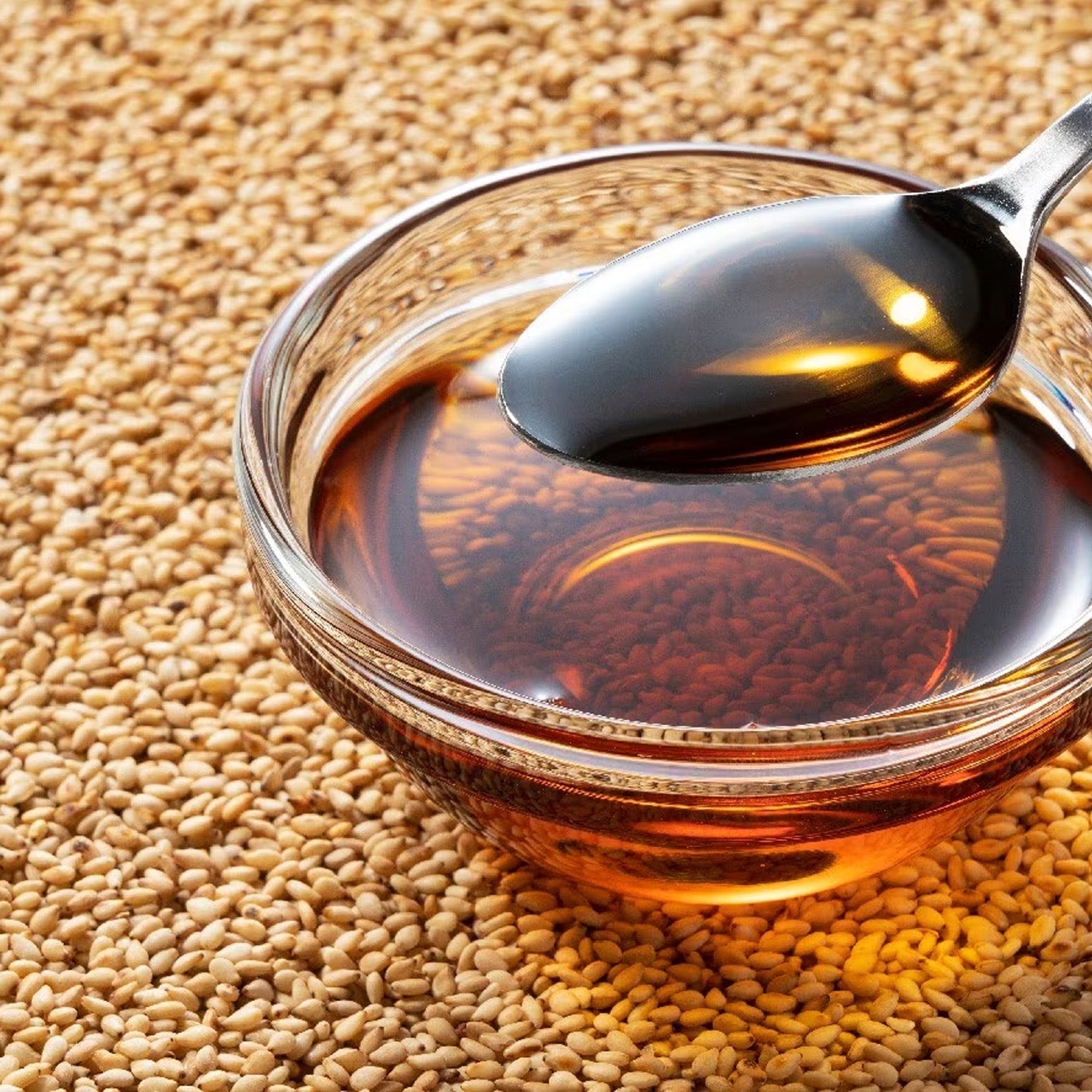
Benefits of Sesame Oil: Health and Cooking at its Best
The numerous benefits and uses of sesame oil in cooking, personal care and health. Learn how to take advantage of its antioxidant and anti-inflammatory properties.
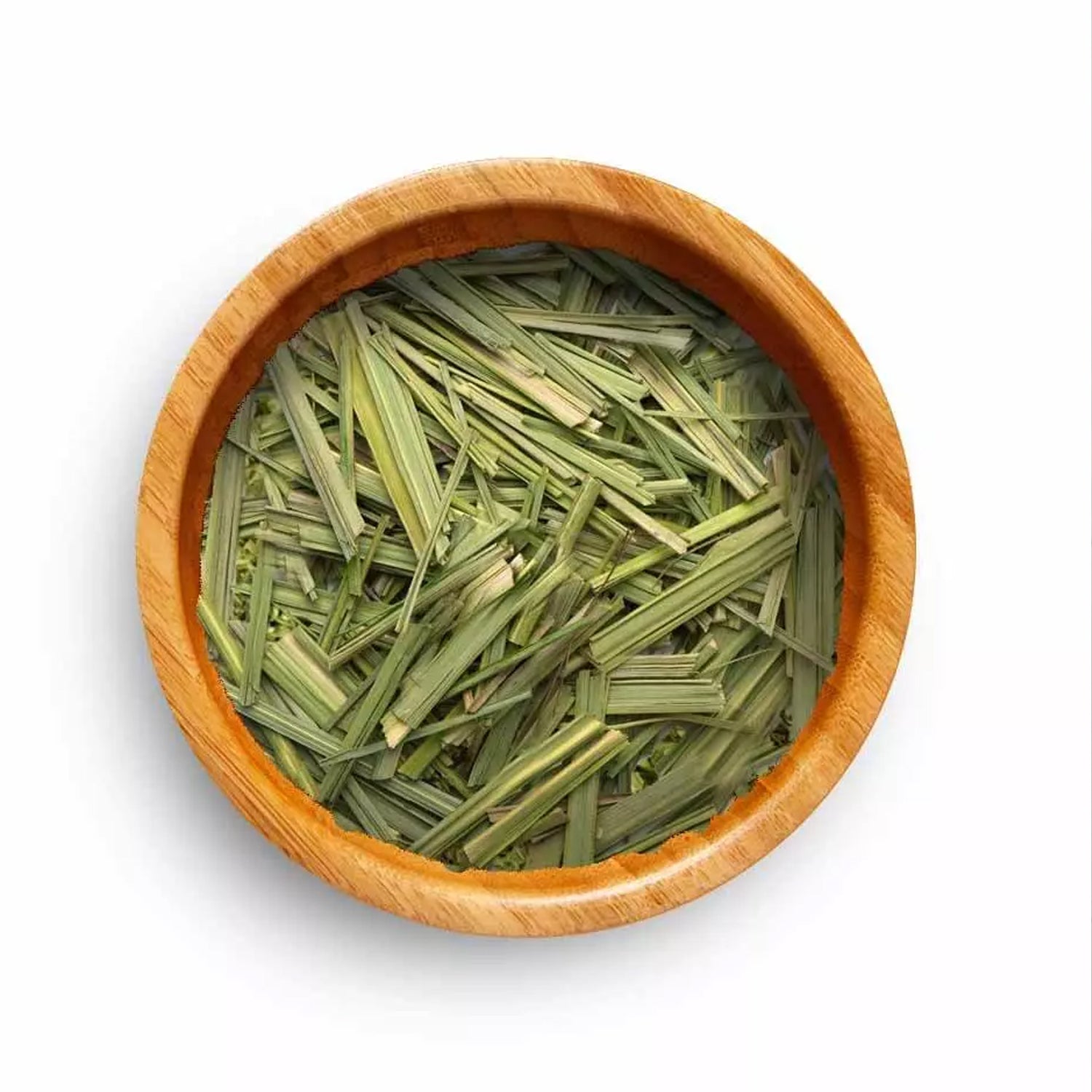
Benefits of Lemon Grass: Culinary and Medicinal Uses
Lemon Grass can transform your favorite dishes and improve your health. Learn about its culinary uses, medicinal benefits, and featured recipes to incorporate this versatile plant into your daily l...
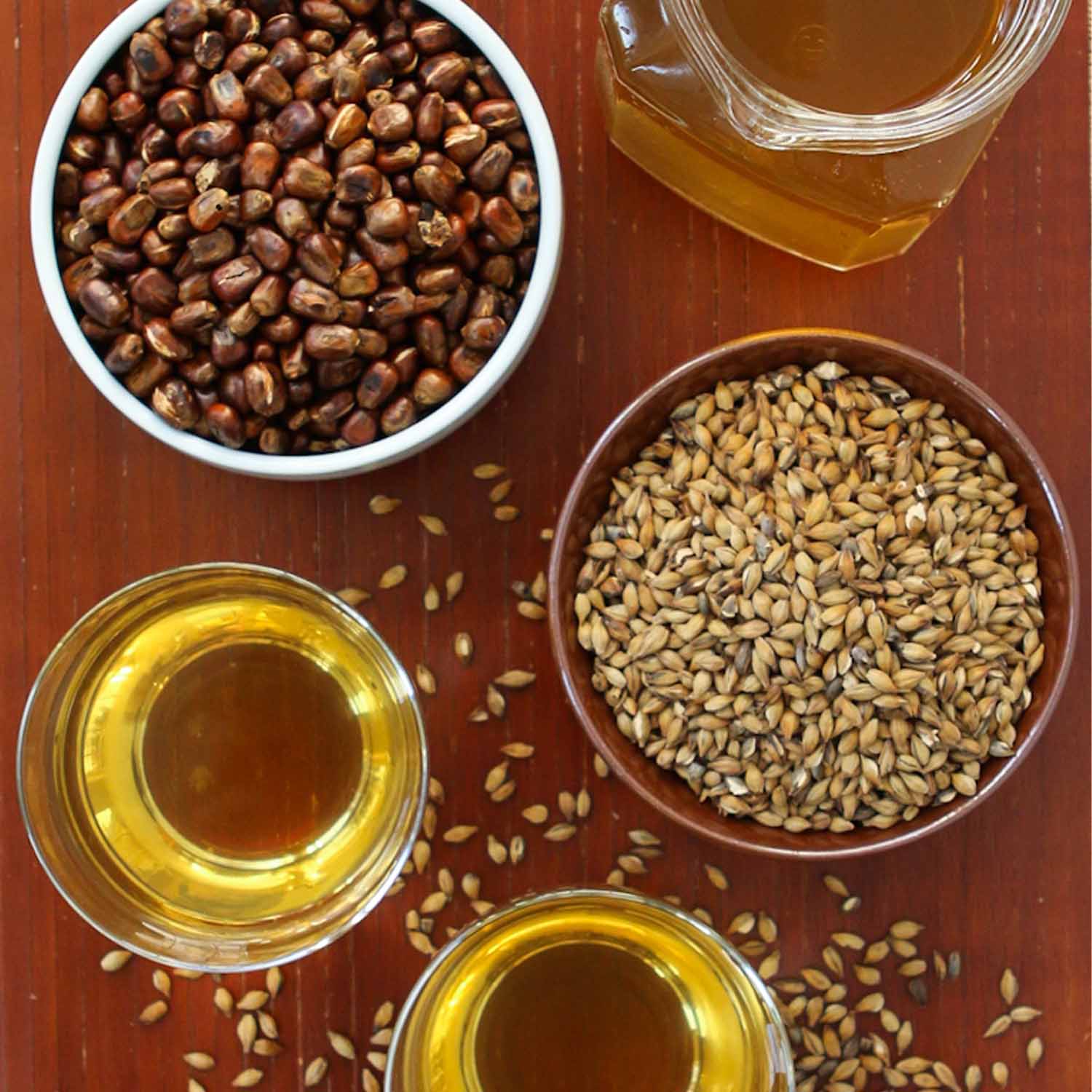
Korean Barley Tea: Tradition and Health in Every Cup
Korean barley tea, known as bori-cha. Learn about its origin, health benefits and how to prepare it at home. A caffeine-free drink rich in antioxidants. Discover the tradition and benefits of this ...

